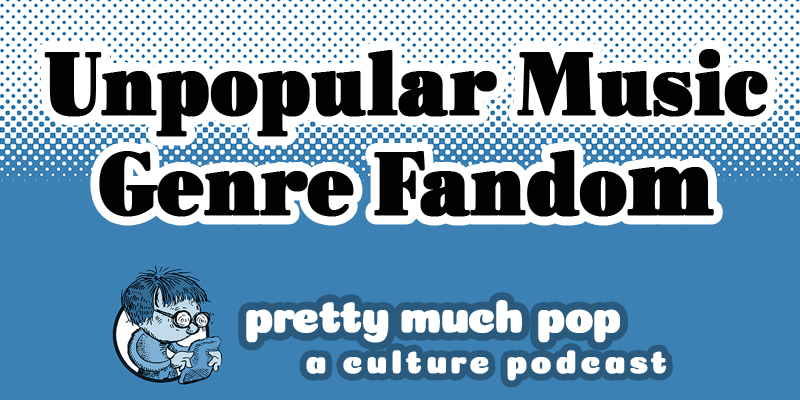The city of Hamburg’s nickname is Tor zur Welt- the gateway to the world.
If the German language production of Lin-Manuel Miranda’s record breaking hiphop musical now in previews in that city’s St. Pauli Theater is as warmly received as the English original has been in London, Melbourne, and, of course, the US, it may earn itself with an additional one — Hamiltonburg.
Excitement has been building since early summer, when a dual language video mashup of the opening number placed the original Broadway cast alongside their German language counterparts.
One need not speak German to appreciate the similarities in attitude — in both performance, and internal assonances, a lyrical aspect of hip hop that Miranda was intent on preserving.
Translator Kevin Schroeder quipped that he and co-translator rapper Sera Finale embraced the motto “as free as necessary, as close as possible” in approaching the score, which at 46 numbers and over 20,000 words, more than doubles the word count of any other musical:
At least we had all these syllables. It gave us room to play around.
Good thing, as the German language abounds with multisyllabic compound nouns, many of which have no direct English equivalent.
Take schadenfreude which the creators of the musical Avenue Q summed up as “happiness at the misfortune of others.”
Or torschlusspanik — the sense of urgency to achieve or do something before it’s too late.
Might that one speak to a translating team who’ve devoted close to four years of their lives to getting everything — words, syllables, meter, sound, flow, position, musicality, meaning, and double meanings — right?
Before Schroeder and Finale were entrusted with this herculean task, they had to pass muster with Miranda’s wife’s Austrian cousin, who listened to their samples and pronounced them in keeping with the spirit of the original.
As translators have always done, Schroeder and Finale had to take their audience into account, swapping out references, metaphors and turns of phrase that could stump German theatergoers for ones with proven regional resonance.
In a round up demonstrating the German team’s dexterity, the New York Times’ Michael Paulson points to “Satisfied,” a song wherein Hamilton’s prospective sister-in-law recalls their first encounter:
ORIGINAL
So this is what it feels like to match wits
With someone at your level! What the hell is the catch?
It’s the feeling of freedom, of seeing the light
It’s Ben Franklin with a key and a kite
You see it right?
GERMAN
So kribbeln Schmetterlinge, wenn sie starten
Wir beide voll auf einem Level, offene Karten!
Das Herz in den Wolken, ich flieg’ aus der Bahn
Die Füße kommen an den Boden nich’ ran
Mein lieber Schwan!
ENGLISH TRANSLATION OF GERMAN
So that’s how butterflies tingle when they take off
We’re on the same level, all cards on the table!
My heart in the clouds, I’m thrown off track
My feet don’t touch the floor
My dear swan!
Miranda, who participated in shaping the German translation using a 3 column system remarkably similar to the compare and contrast content above, gives this change a glowing review:
That section sounds fantastic, and gives the same feeling of falling in love for the first time. The metaphor may be different, but it keeps its propulsiveness.
And while few German theatergoers can be expected to be conversant in Revolutionary War era American history, Germany’s sizeable immigrant population ensures that certain of the musical’s themes will retain their cultural relevance.
The Hamburg production features players from Liberia and Brazil. Other cast members were born in Germany to parents hailing from Ghana, the Philippines, Aruba, Benin, Suriname…and the United States.
For more of Michael Paulson’s insights into the challenges of translating Hamilton, click here.
Hamilton is in previews at Hamburg’s St. Pauli Theater, with opening night scheduled for October 6.
- Ayun Halliday is the Chief Primatologist of the East Village Inky zine and author, most recently, of Creative, Not Famous: The Small Potato Manifesto. Follow her @AyunHalliday.


